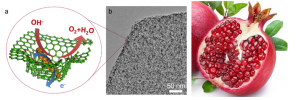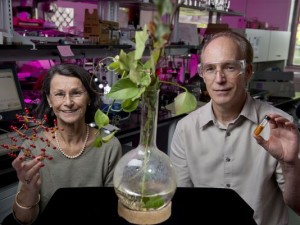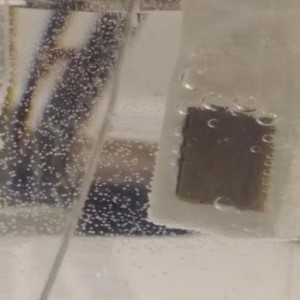 The topics of climate change and the energy crisis are on the minds of many scientists working in the fields of energy storage and conversion. When looking toward the future, the development of more efficient and effective energy storage technologies is critical. Instead of our traditional “carbon cycle,” researchers are beginning to focus on the “hydrogen cycle” as a promising alternative.
The topics of climate change and the energy crisis are on the minds of many scientists working in the fields of energy storage and conversion. When looking toward the future, the development of more efficient and effective energy storage technologies is critical. Instead of our traditional “carbon cycle,” researchers are beginning to focus on the “hydrogen cycle” as a promising alternative.
With this, there been a lot of focus on water-splitting techniques. However, there are many challenges that this technology has to overcome before it reaches efficient levels on a large scale.
In order to help address complications associated with water-splitting, ECS member Qiang Zhang is leading a research group from Tsinghua University to help get closer to the ultimate goal of the “hydrogen cycle” by developing a novel graphene/metal hydroxide composite with superior oxygen evolution activity.




